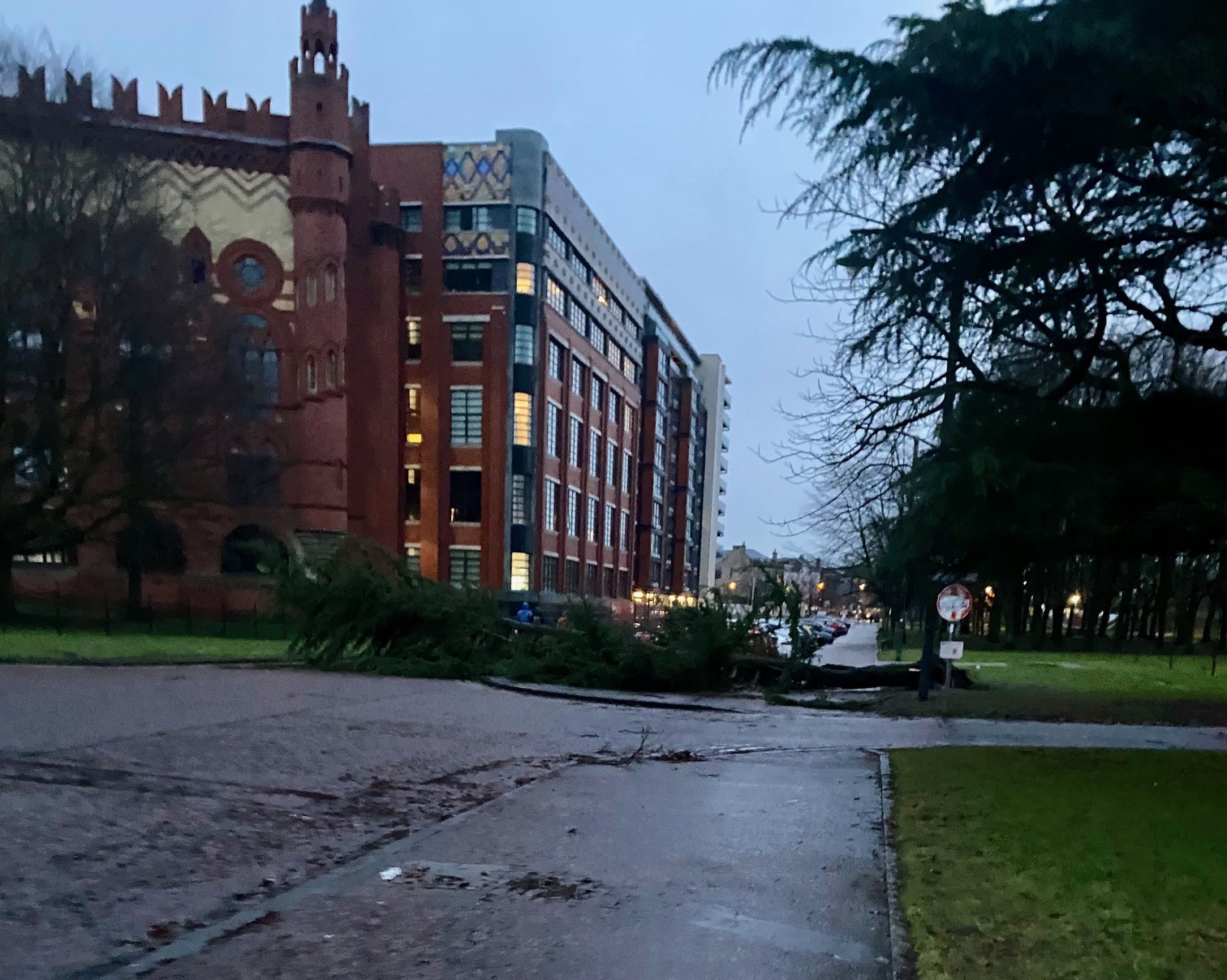
In January, the UK faced significant storms that caused road closures, disrupted rail services, and led to widespread flooding. Terry Wilkinson, specialist design and application engineer at ACO Technologies, explores the lessons learned and the necessary evolution of surface water management to enhance safety, sustainability, and reduce the carbon footprint of water treatment.
VERY recently, Storms Éowyn and Herminia highlighted the pressing environmental challenges in surface water management. With the increasing frequency and severity of storms and floods in the UK, combined with the carbon-intensive nature of floodwater treatment, it is crucial to question our preparedness for such events.
Traditional flood mitigation methods are proving inadequate against the rising occurrence of extreme weather, leading to increased flood-related damages, water pollution, and ecological harm.
Sustainable drainage
Sustainable Drainage Systems (SuDS) address water quantity and quality, amenity, and biodiversity, which the construction industry must increasingly consider in their projects. Implementing SuDS for surface water management allows for the safe containment, cleansing, and controlled release of water back into the environment at source.
By treating water as a valuable resource rather than a threat, SuDS initiatives can significantly contribute to environmental sustainability by reducing carbon emissions.
Integrating SuDS into projects can significantly enhance water availability in Scotland in the coming years.
Addressing water scarcity with SuDS
Projections suggest that within six years, seven UK regions may face severe water stress, where water demand exceeds availability due to population growth and climate changes. Water scarcity has already impacted areas of Scotland, with some local authorities, including in Aberdeenshire, delivering bottled water to homes where supply has run dry.
To help mitigate this risk, it is essential to explore methods for capturing and treating surface water runoff at source wherever possible, maximising opportunities for water reuse.
SuDS solutions replicate natural water processes, helping to mitigate flooding and pollution while reducing the strain on conventional drainage and sewerage systems. Urbanisation, climate change, and population growth often push the UK’s sewerage systems to their limits, even during moderate rainfall, highlighting the need for legislation such as the Water Environment and Water Services (WEWS) (Scotland) Act 2003 and the Flood Risk Management (Scotland) Act 2009.
The carbon impact of traditional treatment
Traditional sewer systems consume significant energy to manage and treat surface water runoff, involving processes such as pumping, aeration, chemical treatment, and solid waste handling. Adopting SuDS more broadly can reduce the burden on treatment facilities and lower emissions.
The momentum for SuDS adoption is growing, driven by environmental concerns and evolving regulatory pressure. As construction professionals work to reintegrate natural elements into infrastructure, understanding the environmental implications is vital.
Steps towards sustainability
Conventional surface water management systems are increasingly facing challenges due to the complexities posed by ongoing urbanisation and climate change. In contrast, SuDS provide an ecologically sound solution with wider associated benefits.
ACO, as specialists in water management, develops surface water solutions that care for water through techniques to capture, cleanse, and contain surface water before its safe release.
Additionally, ACO educates customers and the industry on designing drainage systems that protect water resources and ecosystems while complying with regulations.
Those involved in projects with a water management element can collaborate with SuDS experts like those at ACO to navigate the evolving landscape and meet evolving legal requirements. Balancing the benefits of SuDS, such as flood risk mitigation and water quality enhancement, with practical implementation is crucial for delivering clean, reliable water sustainably.












